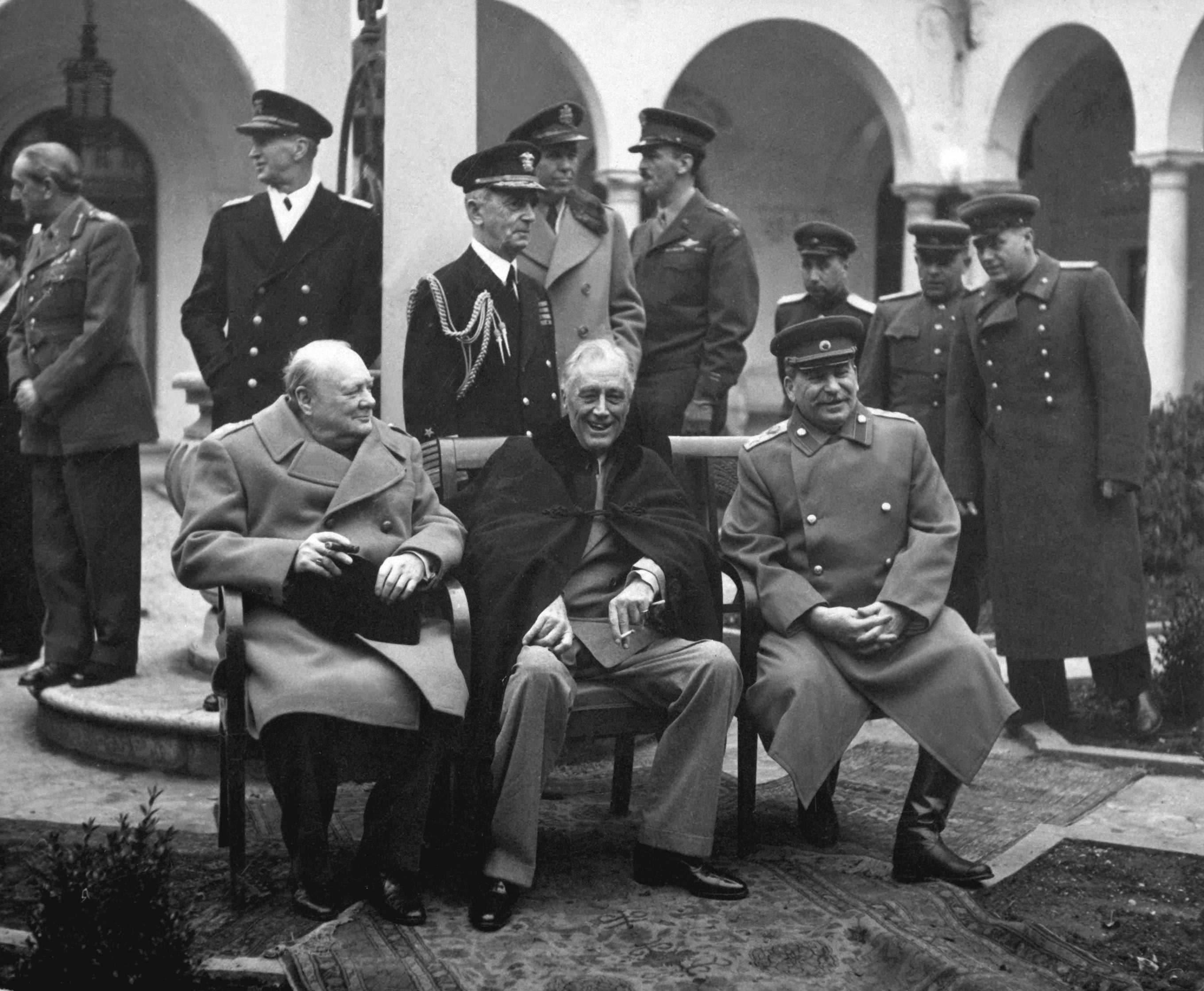Communal granaries have disappeared across North Africa, but Amazigh villagers in Morocco are trying to preserve them.
…
Inside, 76 cubicles are arranged in three levels around an open courtyard with a water cistern.
The agadir has stocks of barley, dates and almonds, but it is also used to safeguard documents like marriage and birth certificates, religious texts and contracts, and recipes for traditional medicine inscribed on palm stems.
Lahcen Boutirane, the guardian of the collective storeroom, said the village’s 63 remaining families use it.
“Others have left, but they keep their archives here,” he said.
Unwritten laws have kept these granaries sacred and inviolable spaces, not only storing crops to use in drought but also protecting them from attacks, said archaeologist Naima Keddane.
Boutirane stressed the importance of preserving Ait Kine’s agadir, which “bears witness to our ancestors’ ingenuity”.
Guardian Lahcen Boutirane walks at the ancient collective granary of Ait Kine village in Morocco’s region of Tata
Collective granaries can be found elsewhere in North Africa – in Algeria’s Aures mountains, Tunisia’s south and Libya’s Nafusa mountains – but they are most common in Morocco, though many are no longer in use.
The kingdom has more than 550 ancient igoudar – the plural of agadir – according to the culture ministry, which is preparing a UNESCO World Heritage nomination.
They are located primarily across central and southern Morocco, in caves or on cliff sides, on hilltops and in valleys.
“The challenge is to save Morocco’s collective granaries, which have almost disappeared in Algeria, Tunisia and Libya,” said architect and anthropologist Salima Naji.
Passionate about these “institutions of solidarity”, she had helped restore Ait Kine’s agadir, now an attraction for both researchers and tourists.
A group of Italian visitors appreciated the carved wooden door, adorned with forged iron.
“We are doing a tour of granaries,” said guide Emanuele Maspoli, describing them as “extraordinary places that attest to the historical wealth of Morocco’s oases”.
“It’s a magical place,” said tourist Antonella Dalla.


